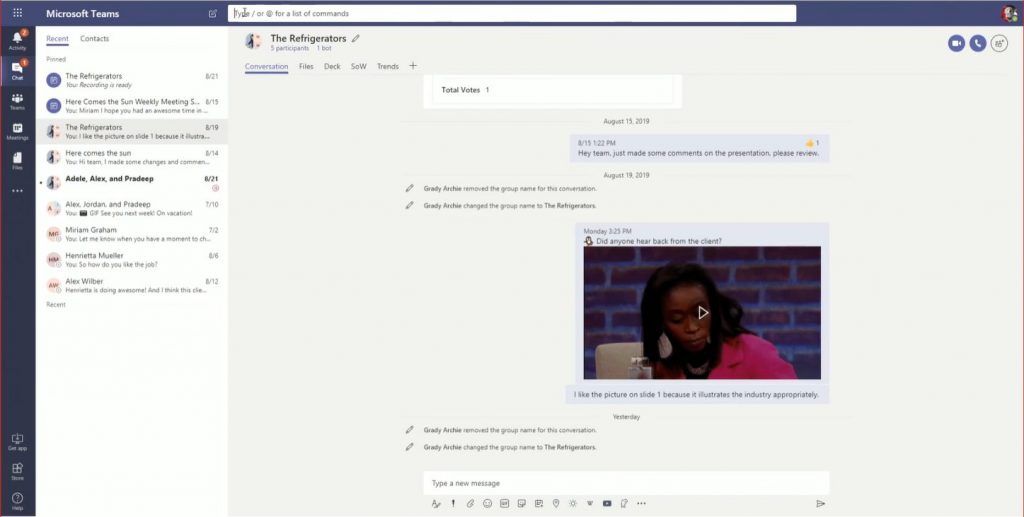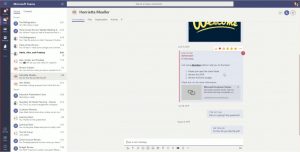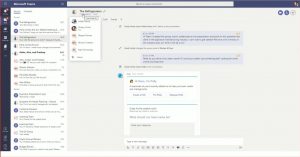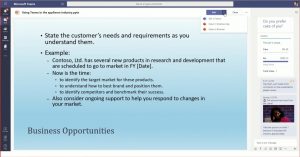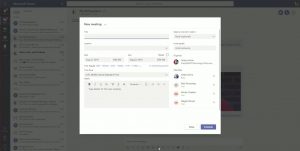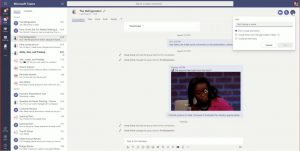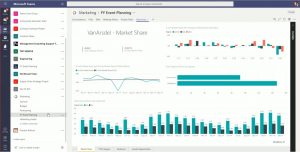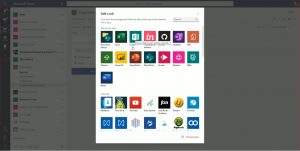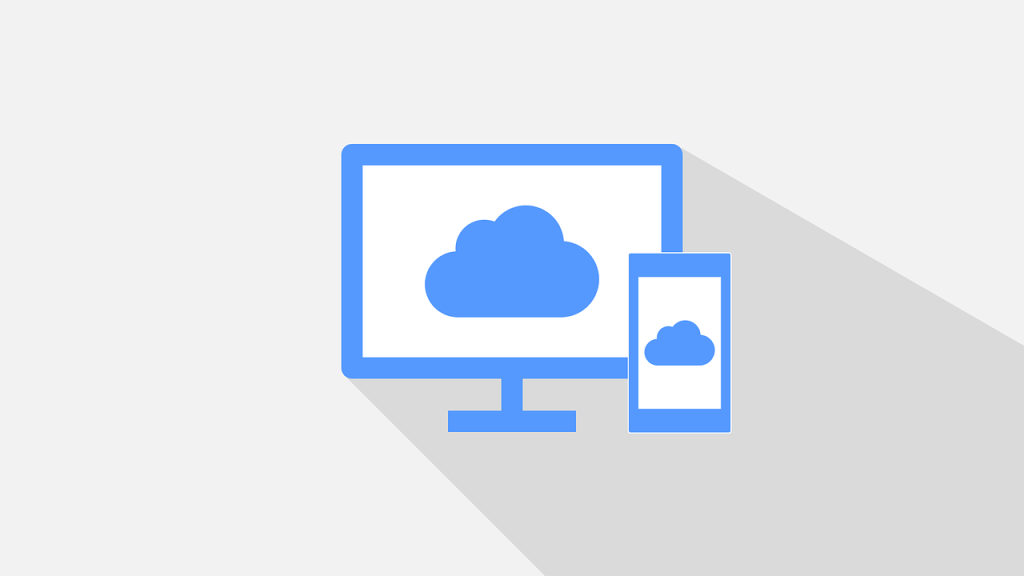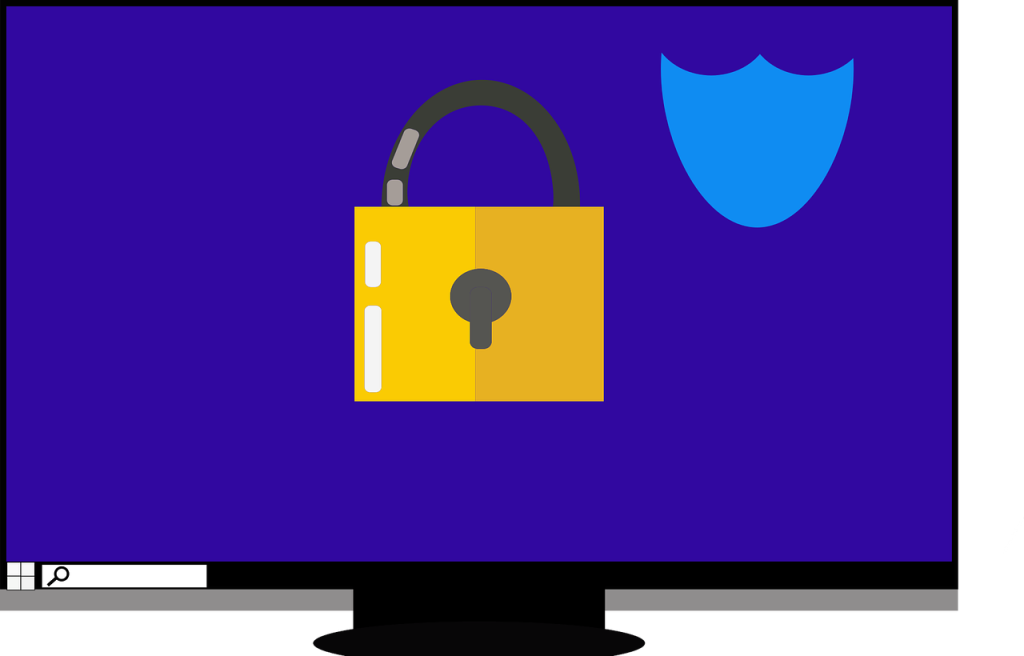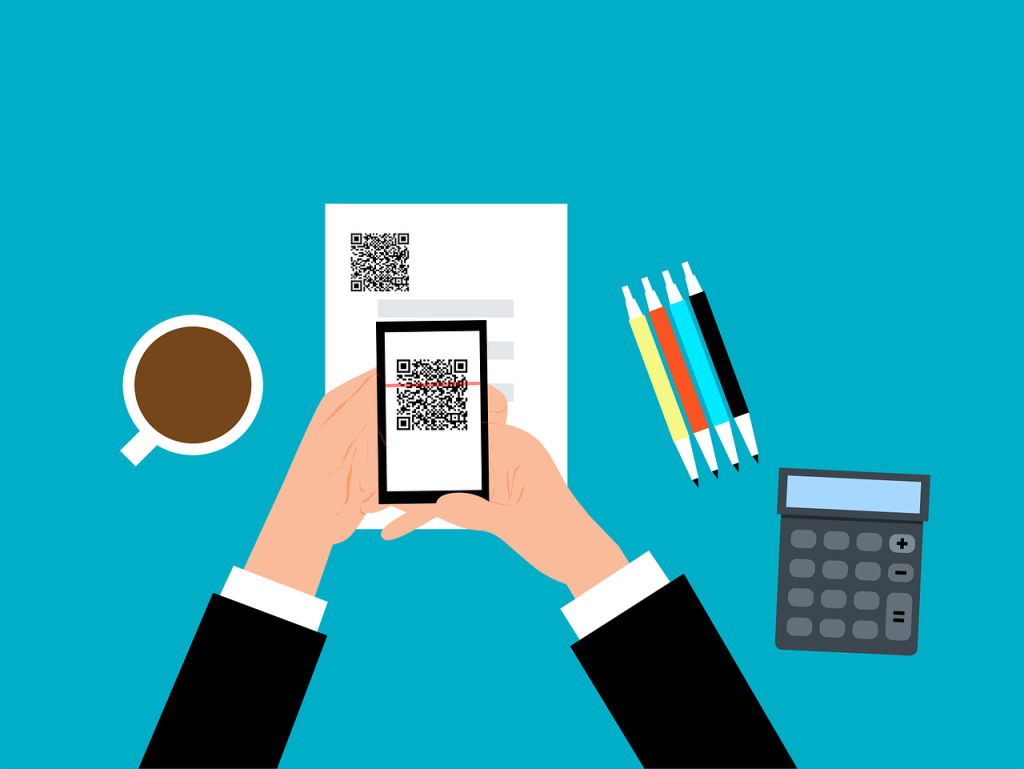In our day-to-day work, we handle so much information and manage numerous activities. Some of the most common things we do are chatting and calling colleagues or customers, jumping back and forth between meetings, collaborating on documents, managing various projects, connecting with our workgroup, sharing files for review and feedback, and utilising multiple applications. More often than not, these windows and platforms are all scattered, making it difficult to switch from one activity to another to get the job done.
With Microsoft Teams, we can do all these things in one place and even integrates non-Microsoft applications that are essential for your business processes. Teams will organise contacts, tasks and projects into a single workspace – creating a hub for all our teamwork activities. We can access all our files from a single location, send messages to anyone, reduce the amount of document versioning, make meetings fun and engaging, and configure a space to serve every specific group’s needs.
Overview of Microsoft Teams Web Interface
The icon in the top right corner is for My Profile, and this is where we can set up our profile picture, establish our notifications and set a status message. The search bar is at the top, and the icon to its left is the chat icon. That is how we get started using Teams.
The menu on the left is called the rail menu, which contains different icons used to toggle between all the things we’re working on. The area next to it is the content area. This shows us the current tasks we’ve set up. And the most prominent space where you do your work is called the staging area. Watch this part of the video for a quick orientation 2:00-2:56.
3 Benefits of Using Microsoft Teams
1. Communicate easily with co-workers
Every day, there is a need to be connected wherever we are, as constant communication is key to successful projects. With Microsoft Teams, wherever we may be, whether in transit or not, we can continuously chat with our co-workers, attend meetings, access, change or comment on files, and readily switch devices when needed.
To start chatting with one person, click the new chat icon and type their name. This has a type-ahead feature that helps us look for the specific person directly from your Outlook directory. Aside from messages, we can also send gifs to make the conversation more fun. You can continue the discussion in the dialogue box or progress it to an audio or video call by clicking one of the icons below My Profile in the upper right corner. Here’s how you can do it on your own 3:08-4:10.
To introduce another person to the conversation, click the add people icon that you can find alongside video call and audio call. This will open a whole new chatting area with all the added members. Group conversations in Microsoft Teams allow us to group multiple members with different roles but work on projects together. To engage everyone in the team and get the camaraderie going, we can add the Polly app and have our team members choose what to name the group. Here’s how to do it 5:12-6:04.
Collaborating via Teams is also easy. We can drag the file we want to share and drop it in the dialogue box. Our team members can access the same file by scrolling back to the content or clicking Files under the Group name. We can start discussing its content, and our teammates can also begin working on the files while we’re on the road or working on something else. There are three ways to open or edit a file: Teams, Desktop, or Browser. No matter which one we choose, changes will be saved to the original document. Team members can also still chat while working on any content. This snippet shows you how to do these things 6:04-7:08.
Suppose something urgent comes up and our team members aren’t available right away. In that case, we can schedule a meeting by clicking the icon below the dialogue box so everyone gets notified, and we don’t forget what we need to talk to them about. Watch this snippet on how to schedule meetings 7:10-7:36.
If we need to add a new member to our group, Teams gives us the option to choose how much chat history to show the new member. We can exclude the entire chat history, so the new member doesn’t get confused by discussions and processes that are no longer relevant. It is also possible to show the chat history starting only from a few days prior or make the entire history available. Here’s a video tutorial on how to accomplish it 7:38-8:35.
2. Save time while working and collaborating in Teams
Aside from ensuring constant communication among our teammates, we also need to manage projects and lead workgroups. In these situations, Microsoft Teams lets us host weekly meetings with our project team to coordinate deliverables, upload a schedule for who does what, share and edit documents, and assign and track the progress of various tasks.
At first glance, Teams and channels look similar to chat. The difference is that channels allow us to split work by what each team is working on. Chat in channels is still persistent, but this time, it’s also topical. Using the reply button, we can create various topics and see the conversations fold out under them. Another thing you still get is the ability to embed meetings members can attend and have the meeting notes available to everyone. Aside from attaching files, we can also connect a planner application that lets us assign tasks and ensure everybody’s getting their work done. Reporting is also made more accessible by using the Power BI application. We can also add agenda topics and other tabs as you go. Here’s a more comprehensive look at how to do these via Teams 10:29-12:15.
3. See how teamwork and projects can be managed in one central place
Working with various team members means there is a need to create a space that allows seamless integration of multiple applications such as OneNote, Planner, Outlook, SharePoint, Power BI and other apps for the organisation. We will also need to collaborate on files such as Excel, thus needing co-authoring capabilities.
To add different tabs for different applications, we have to click the “+” sign. It will show us a list of suggested applications we can integrate. For example, if we need to add surveys, we can use Microsoft Tool forms, or if we already have an account with Survey Monkey, we can choose that, and a new tab will be added for it. If what we need is not found in the recommended list, we can go right down to the Store to have a more comprehensive view of all the available applications. Take a look at a tutorial to do these 13:51-15:04.
Recap, Resources and Recommendations
Microsoft Teams lets us create engaging one-on-one and group chats that allow us to schedule and attend meetings, ad hoc calls and video chats, and access files on the go using any device. It also helps us humanise the workplace through gifs, stickers and emojis.
Collaboration has also never been easier because teams and channels allow us to have topical conversations that can be easily tracked, record meetings, and save notes that are accessible even by those who weren’t able to attend. All these help us make information organised, thus making it super easy to manage projects.
Aside from those, Microsoft Teams also makes it easy to set up a one-stop shop for all the Microsoft and third-party applications our team needs. This means there’s no need to learn and adapt to new tools. Your team can continue utilising processes and tools they are accustomed to using.
Next Steps
After reading this, the next step is to get in touch with professionals who can get you started in using Microsoft Teams. We, at Qamba IT, can help you with the basics of using Teams in terms of chatting, calling, meetings and channels. Contact us so we can start setting your team up for success with the help of Microsoft Teams!

